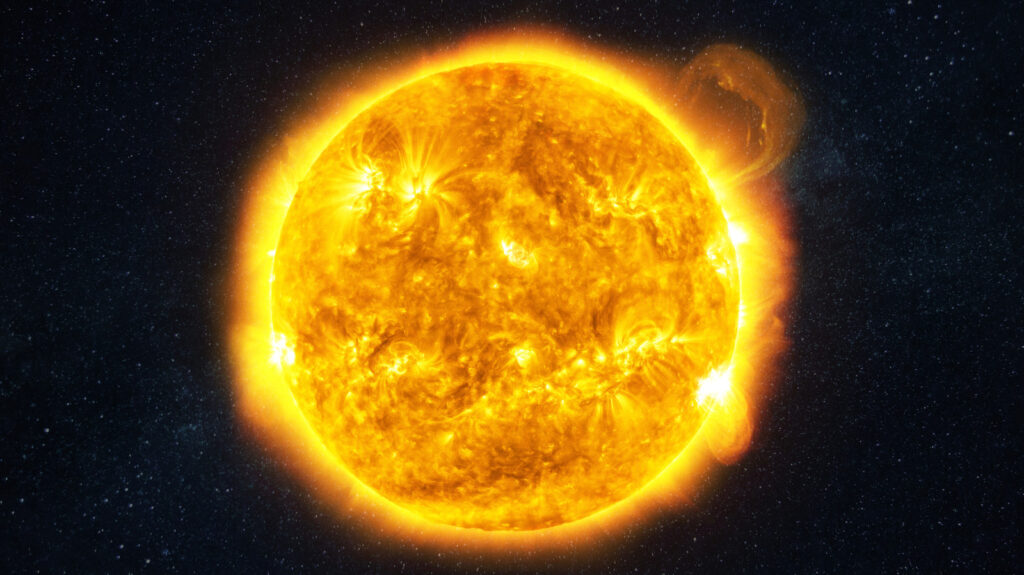
Scientists are observing an increase in solar storm activity, a trend expected to continue through 2025 and beyond. Following a period known as the “deep solar minimum,” which lasted from the 1980s to 2008, the sun has entered a phase of heightened activity. Researchers at NASA’s Jet Propulsion Laboratory have recorded more plasma explosions and stronger magnetic fields, leading to a rise in solar flares and coronal mass ejections.
The consequences of this increased solar activity can be significant. Last year, the sun unleashed the strongest solar storm in over 20 years, allowing the northern lights to be seen as far south as Mexico. While this natural display captivates many, the potential disruptions from solar storms extend far beyond aesthetics.
Impact on Technology and Infrastructure
Solar storms can severely disrupt and damage critical technologies. Power grids, GPS, and radio signals are particularly vulnerable to the sun’s flares. Historical incidents highlight the risks: in 1989, a geomagnetic storm caused a blackout for millions in Quebec within just 90 seconds. Given today’s interconnected world, high-frequency radio systems used in aviation, shipping, and emergency communications face significant risks during solar storms. Even GPS technology, essential for navigation in planes and ride-sharing applications, can fail during these events.
Satellites, lacking the protective barrier of Earth’s atmosphere, are also at risk. Strong solar flares can damage satellite circuits, leading to outages or reduced operational lifespan. With the increasing number of satellites in orbit, adapting technology to withstand these solar events will become vital in the coming years.
Health Concerns and Future Preparedness
Current research offers little evidence of direct health impacts from solar flares for people on the ground. Although some studies have examined possible links between solar activity and health issues, such as heart problems or headaches, findings remain inconclusive. For most individuals, the most likely outcome during a solar storm is a temporary drop in signal or a blackout.
The primary concern revolves around potential disruptions to power grids, which could lead to widespread outages, interrupted phone services, and GPS navigation failures. In extreme cases, traffic lights may malfunction, and airlines may need to reroute flights.
Despite these challenges, there are positive aspects to increased solar activity. Solar storms can bring the beauty of the northern lights to regions far beyond the Arctic Circle, allowing more people to experience this natural wonder.
To prepare for the future, NASA is investing in missions like the Interstellar Mapping and Acceleration Probe (IMAP). This initiative aims to improve early warning systems for solar events, helping mitigate risks associated with increased solar activity.
For now, individuals need not worry about harm from solar storms. While they may cause technological inconveniences, the Earth’s atmosphere and magnetic field offer protection from harmful radiation. As our reliance on technology grows, so too does our vulnerability to solar events. Staying informed and prepared will be crucial as we navigate this evolving landscape of solar activity.







